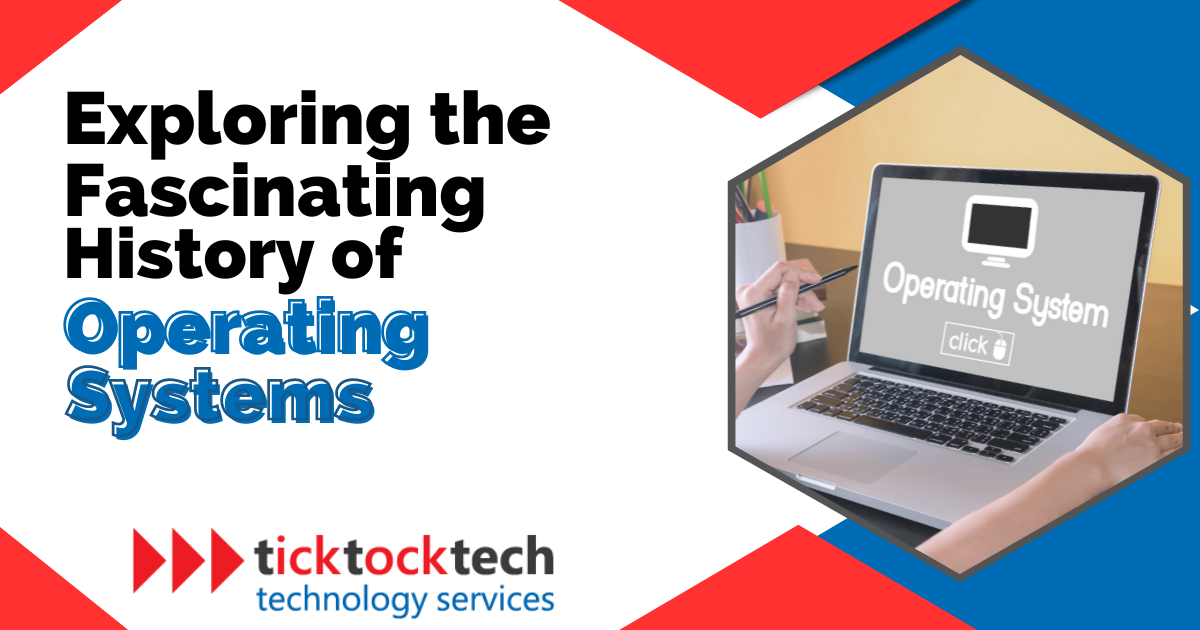Computers are everywhere and play a role in almost everything we do. But have you ever wondered about the history of the computer operating systems that make these machines work? Operating systems are the heart of any computer, controlling its functions and resources. They have evolved remarkably, from the early batch processing systems to modern graphical user interfaces and mobile operating systems. In this article, we will take you through the history of computer operating systems, and how they have changed over time.
Related: What is an Operating System (OS)
History of Operating Systems: Early Operating Systems
Before the introduction of personal computers, computers were large and expensive. People primarily operated these early computers through punch cards, and the computers had limited processing capabilities.
Batch Processing Systems
The batch processing system, one of the earliest types of operating systems, automated the processing of large volumes of data. In a batch processing system, users would submit jobs to the computer system in the form of punch cards or magnetic tape, and the system would then process these jobs in batch mode. As a result, the computer would execute a series of jobs without requiring any user intervention until all the jobs in the batch were completed.
Examples of early batch processing systems include the UNIVAC, IBM 704, and IBM 709. Users primarily utilized these systems for scientific and military purposes, such as weather forecasting and nuclear weapons research.
Time-Sharing Systems
As computer systems became more advanced and powerful, new operating systems came up to take advantage of these capabilities. During the time-sharing system, users were given a small time slice or share of the computer’s processing power, allowing multiple users to run programs and perform tasks simultaneously. This made computer systems more efficient and allowed for greater collaboration and productivity.
Examples of early time-sharing systems include the Compatible Time-Sharing System (CTSS) and Multics. CTSS was developed in the early 1960s at MIT, allowing users to log in to a shared computer system through teletype machines. Multics was a more advanced time-sharing system developed in the 1970s that allowed multiple users to access a computer system simultaneously through graphical terminals.
History of Operating Systems: The Rise of Personal Computers and Microcomputers
In the 1970s and 1980s, the development of personal computers and microcomputers revolutionized the computing industry. Moreover, these operating systems played a crucial role in paving the way for a new generation of operating systems.
Development of operating systems for personal computers
One of the earliest operating systems developed for personal computers was Disk Operating System (DOS), developed by Microsoft in 1981 for IBM’s PC. DOS was a command-line operating system that allowed users to interact with their computers using text-based commands.
In 1985, Microsoft released Windows 1.0, the first operating system to feature a graphical user interface (GUI). Windows was developed with the intent of simplifying the process by which users interacted with their computers. As a result, Windows quickly ascended in popularity and became one of the most widely-used operating systems for personal computers.
Apple also developed its operating system for personal computers, called MacOS. MacOS was released in 1984 and featured a graphical user interface similar to the one on the Apple Lisa.
Development of operating systems for microcomputers
Another necessary development in the world of operating systems was the development of Unix, which was initially developed in the 1970s by AT&T Bell Labs. Unix was designed to be a portable operating system that could run on a variety of different machines, and it became one of the most popular operating systems for microcomputers.
In the 1990s, Linus Torvalds developed Linux, which was an open-source operating system based on Unix. Linux quickly gained popularity among computer enthusiasts and developers, and now it is widely used on servers and enterprise systems.
The emergence of personal computers and microcomputers led to the development of new operating systems. These early operating systems set the stage for the development of modern operating systems and shaped the world of computing.
Modern Operating Systems
Today, many different types of operating systems are available, each with its strengths and weaknesses. Today’s most popular operating systems include Windows, macOS, Linux, iOS, and Android. With so many options available, users can choose the operating system that best meets their needs and preferences.
Windows
Microsoft owns this operating system, and it remains one of the most widely-used operating systems globally, with millions of users worldwide.
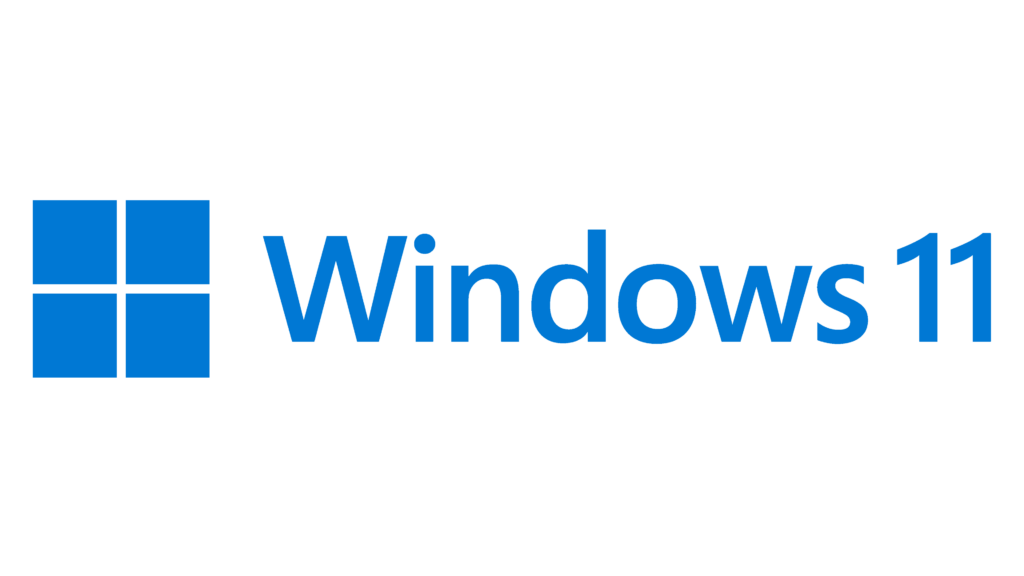
Windows 11, released in 2021, is the most recent version of Windows. It features a modern user interface, advanced security features, and improved performance over previous versions of Windows. Windows has found broad usage on desktop and laptop computers, gaming consoles, and servers. In addition, it offers a vast library of software programs and games, making it a popular choice for home and business use.
MacOS
MacOS is the operating system that runs on Apple’s Macintosh computers. Its sleek and user-friendly interface has earned MacOS widespread recognition. Apple launched its latest version, Monterey, in 2021. Monterey features a redesigned user interface, improved performance, and advanced security features.

MacOS can run different apps in graphic design, video editing, and music production. It also offers seamless integration with other Apple products and services, making it a popular choice among Apple users.
Linux
People widely use Linux, an open-source operating system, in servers and other enterprise systems. Linux is popular for its stability, security, and flexibility. Many different distributions of Linux are available, each with its features and capabilities.
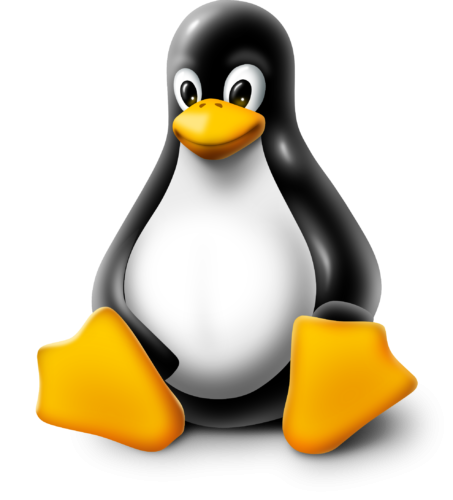
Linux is popular among developers, programmers, and IT professionals due to its open-source nature and customizable features. It also offers a vast library of software and tools, making it an ideal choice for businesses and organizations requiring high security and stability.
iOS and Android
iOS and Android are the two most popular mobile operating systems used today. They both feature intuitive user interfaces and support different applications.
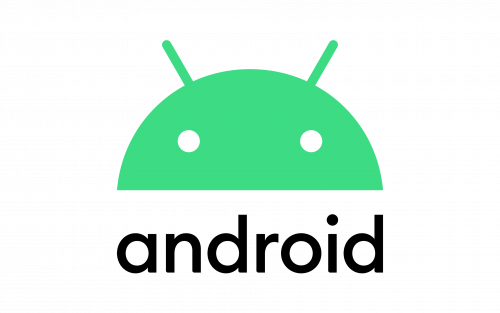
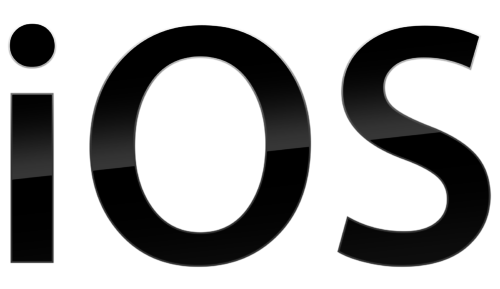
iOS and Android have both revolutionized communication by introducing advanced features like biometric authentication, voice assistants, and advanced camera capabilities. They also offer seamless integration with other devices and services, making them popular among mobile users.
Other Operating Systems
Users now have access to various operating systems such as Chrome OS, specifically for Chromebook devices, and Ubuntu, a popular Linux distribution tailored for desktop and laptop computers. Operating systems have become more advanced over time and are constantly improving. With many operating systems available, users can easily choose the one that suits their needs and preferences.
History of Open-Source Operating Systems
An open-source operating system is one where the source code is freely accessible to the public. This allows developers to modify and improve the code and to distribute their modifications to others. Open-source operating systems encourage collaboration, innovation, and community involvement in software development.
One of the most well-known open-source operating systems is Linux, which was first released in 1991 by Linus Torvalds. Linux is built on Unix, an older operating system that was popular in the 70s and 80s.
One of the advantages of open-source operating systems like Linux is that they are often more stable, secure, and customizable than proprietary systems. Because the code is freely available, developers can quickly identify and fix bugs and security vulnerabilities and customize the system to meet their specific needs. This has made Linux a popular choice for servers and other enterprise systems where stability and security are critical.
Another advantage of open-source operating systems is that they are often less expensive than proprietary systems. Because there are no licensing fees, organizations can save money by using open-source software instead of proprietary alternatives. This has made Linux a popular choice for budget-conscious organizations and individuals. Along with Linux, several other open-source operating systems are available, including FreeBSD, OpenBSD, and NetBSD. These systems are used in specialized applications, such as embedded devices, network appliances, and scientific research.
History of Mobile Operating Systems
Mobile operating systems function on handheld devices, and they are optimized for low-power consumption while also being lightweight.
One of the key features of mobile operating systems is their support for touch interfaces. They also support gestures, swipes, and other touch-based interactions. This allows users to interact with their devices naturally and intuitively.
Another key feature of mobile operating systems is their support for mobile applications. Mobile operating systems typically include app stores, where users can download and install various mobile applications.
There are several major mobile operating systems in use today. One of the most popular is Google’s Android, released in 2008, based on the Linux kernel. Android is available on devices from budget smartphones to high-end tablets and smartwatches.
Apple’s iOS, which was introduced in 2007, has emerged as another popular mobile operating system. It boasts high levels of security and boasts tight integration with Apple’s hardware and services. iOS is exclusively employed on Apple’s devices, encompassing the iPhone, iPad, and iPod touch.
In addition to Android and iOS, several other mobile operating systems are in use, including Microsoft’s Windows Phone and Blackberry’s BlackBerry OS. However, these operating systems have seen limited adoption compared to Android and iOS.
History of Cloud Operating Systems
A cloud operating system is a specific type of operating system engineered to operate on cloud infrastructure, including virtual machines and containers. Cloud operating systems are highly scalable and flexible, enabling them to support cloud-based applications and services.
One of the key features of cloud operating systems is their ability to support virtualization and containerization. Cloud operating systems are typically designed to run on virtual machines or containers, which can be easily deployed on cloud infrastructure. This allows cloud applications to be quickly and easily scaled up or down based on demand.
Another prominent feature of cloud operating systems is their support for cloud-based services and APIs. Cloud operating systems are typically designed to support a wide range of cloud-based services and APIs, including cloud storage, databases, and messaging services. This allows cloud applications to be quickly and easily integrated with other cloud-based services and applications.
Several popular cloud operating systems are in use today, including Google’s Chrome OS, designed to run web applications and services in the cloud, and Microsoft’s Azure Sphere, designed to provide security and connectivity for IoT devices in the cloud. Other popular cloud operating systems include Amazon’s AWS Elastic Beanstalk, Red Hat’s OpenShift, and Docker’s Docker Enterprise.
One of the key benefits of cloud operating systems is their ability to provide a highly scalable and flexible environment for cloud-based applications and services. Also, Cloud operating systems allow developers to quickly and easily deploy and manage applications and services in the cloud and take advantage of cloud infrastructure’s scalability and flexibility.
Frequently Asked Questions on the History of Operating Systems
Operating systems handle hardware, run apps, and create smooth computer usage.
The earliest types were batch processing systems that processed jobs in batches without user intervention.
It led to the creation of operating systems like DOS, Windows, Unix, and Linux, making computers more accessible to people.
Windows, macOS, Linux, and iOS/Android.
Conclusion: History of Operating Systems
Computer operating systems have a long history of innovation, from basic commands to fancy graphics. Today, there are many available operating systems, and users can choose the one that suits them. Operating systems are essential for computers and have impacted the development of computing devices.

